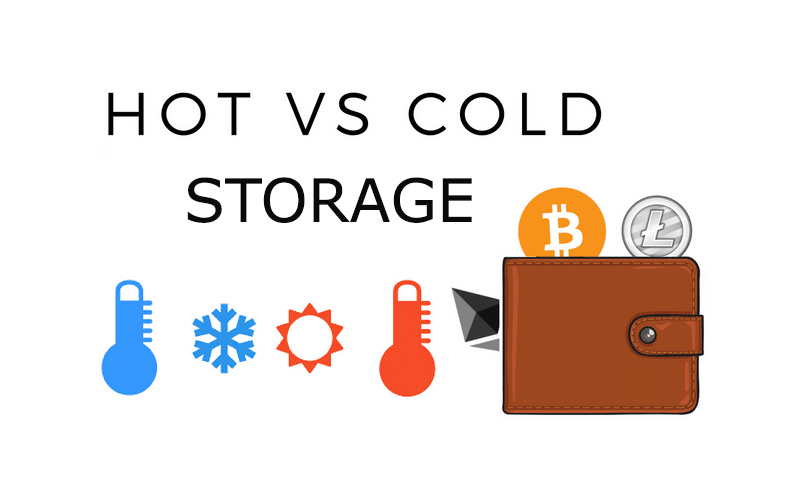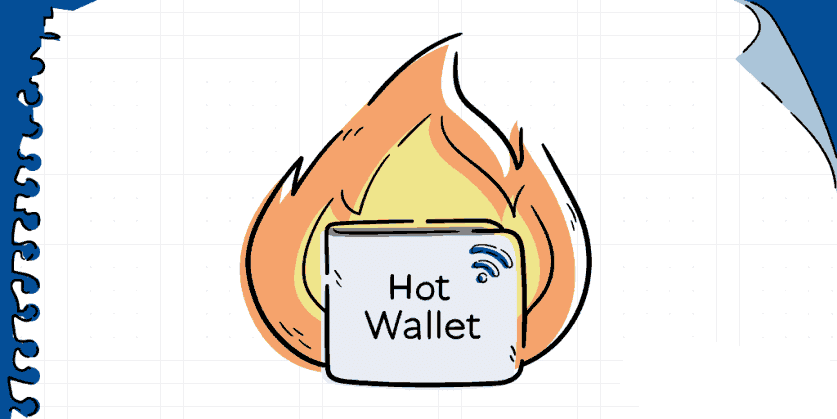
Safe storage is an important aspect of the cryptocurrency world. When dealing with normal currencies, it is common to find people walking around with small physical purses to keep small amounts of money for use. Similarly, in the crypto world, wallets exist that allow people to keep their tokens.
A cryptocurrency wallet is a software program that allows one to keep and retrieve various digital assets. Being apps, they come with access codes, which are passwords that give folks contact to their altcoins. In addition to offering safe loading, they enable the sending and receiving of various altcoins.
Unlike normal purses, crypto wallets don’t stock the actual cryptos. Coins typically exist in the blockchain. However, to access them, one needs a private key that indicates ownership allowing one to make transactions. Once they get lost, it becomes pretty impossible to gain contact with the tokens on the blockchain.
Types of wallets
Digital currency stowing facilities exist from simple to use apps to more complex security solutions. Likewise, they are broadly classified into two Hot and cold cryptocurrency storage facilities.
Hot wallet
It is a special type used to offer safe and secure packing to digital currencies. While connected to the internet, it is pretty easy to set up contact and accept more tokens with this type. People cherish them because they make it easy to carry out basic transactions. Additionally, they are ideal for persons looking to use their tokens to make purchases. It makes it easy to transfer payments across the web.

How they work
Once one decides to buy or mine a digital currency, they must determine where and how they intend to store their tokens. Being internet-connected, they make it possible to transfer holdings. In return, one receives private keys that one can use to retrieve the altcoins in the future.
The secret codes are similar to usernames that allow one to receive altcoins without actually revealing identity. They operate as PINs that one can use to check balances and initiate various transactions.
Security
Connection to the web leaves them susceptible to cyber-attacks. Hackers are constantly looking for secret numbers to access people’s holdings in the blockchain. While they provide more risk to the holders, everything comes down to how they are kept.
The safety of crypto holdings in the storing facilities is largely dependent on how a user handles the secret codes issued. Likewise, most people keep a portion of their coins in these apps to ensure they don’t lose everything on a hacker gaining access. The remaining amount can be kept in a cold facility.
Pros
- Most are free to use
- Offer easy admittance to crypto coins while on the go
- They are easy to use as they can be retrieved via a mobile device such as a smartphone
Cons
- They are not entirely secure as they are always connected to the web. Therefore, one’s holdings are always susceptible to cyber-attacks.
Cold wallet

They operate the same way as hot wallets. However, they are not connected to the internet. With these storage facilities, digital coins are kept in a platform that is not connected to the web.
The lack of internet access ensures folks’ tokens are beyond hackers’ reach and other vulnerabilities that might occur on the web. While hot wallets have the access codes stored connected to the web, cold storage facilities have theirs deposited in an offline environment.
How they work
With cold facilities, any transaction carried out online results in secret numbers being transferred to offline storage and stowed in a device such as a USB or hard disk or an offline computer. Because nothing comes into contact with a server connected to the internet, it becomes pretty difficult for any hacker to gain a connection to them.
Given that everything is stored offline, accessibility is significantly limited. Therefore, it becomes pretty difficult to contact cryptocurrency holdings while on the go or use them for various purposes, such as transferring or making payments.
A paper wallet is an excellent example of a cold stowing whereby everything is written on a document with an offline printer. The form usually comes with a QR code which can be scanned when one wants to initiate a transaction.
Its biggest undoing is that it becomes impossible to contact crypto holdings if the paper is lost. Hardware storing is another form of a cold room commonly used to keep coins. This type of storage uses an offline device or smartcard to generate the access codes offline.
Cold stowing stands out partly because they offer the most secure way of storing various digital assets. However, unlike hot stowing, they require lots of knowledge when it comes to setting up. Additionally, they need one to hoard them in a safe place. Once the offline device in which the access codes are stored is lost, it becomes practically impossible to contact them on the blockchain.
Pros
- It’s the most secure option for storing cryptocurrencies as they are practically impossible to hack.
- The offline factor offers the highest level of safety.
Cons
- The heightened security option also comes with a hefty price tag. It is the most expensive option for safe and secure packing.
- Not the best options when looking to leverage cryptocurrencies for various transactions
- Not user-friendly and can take some time to set up.







